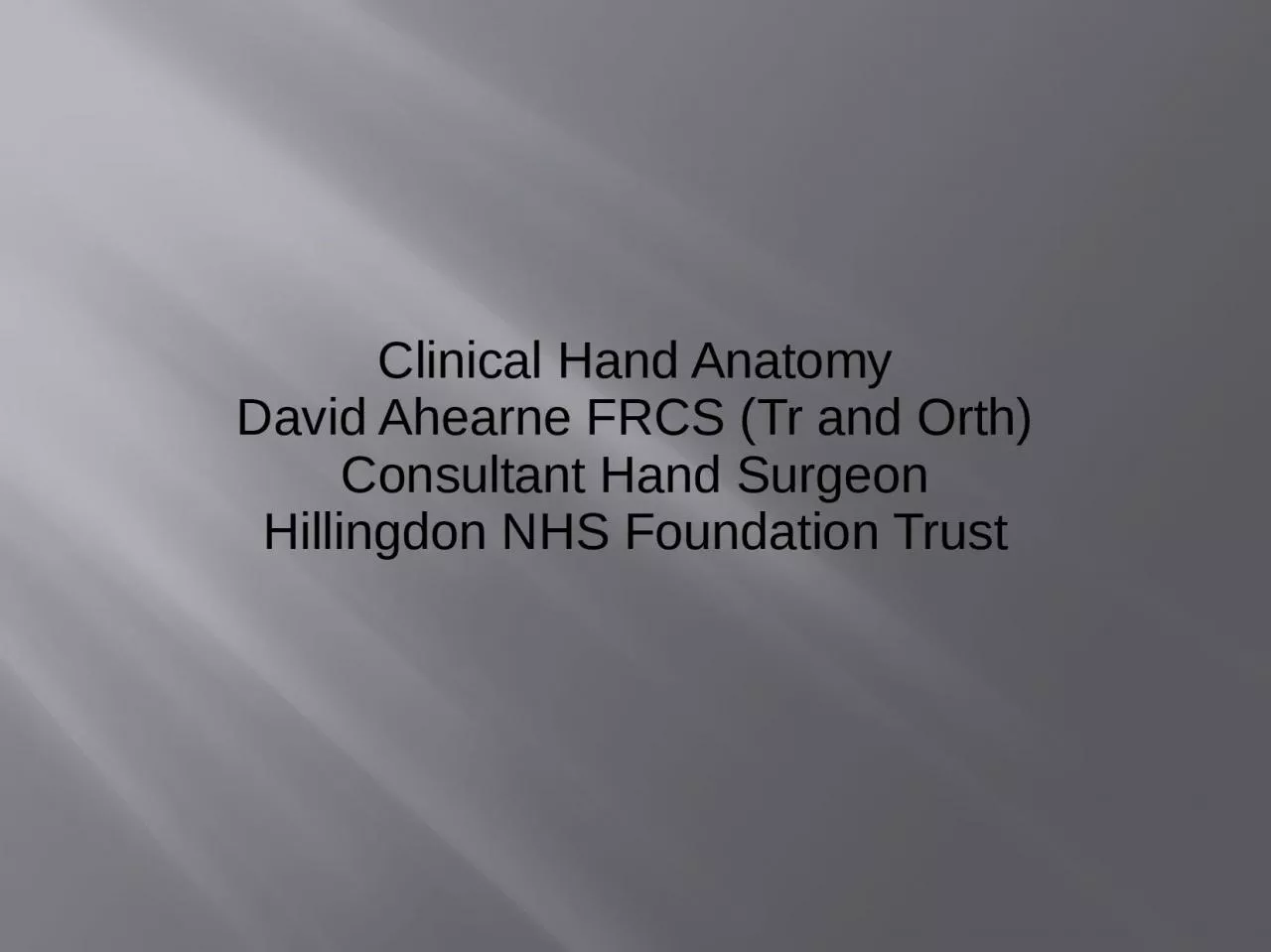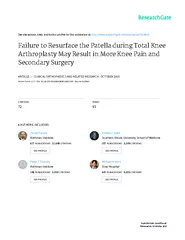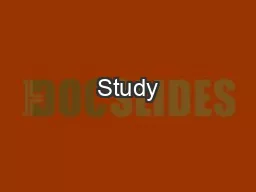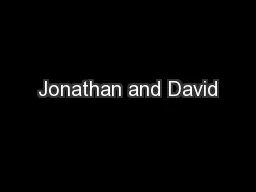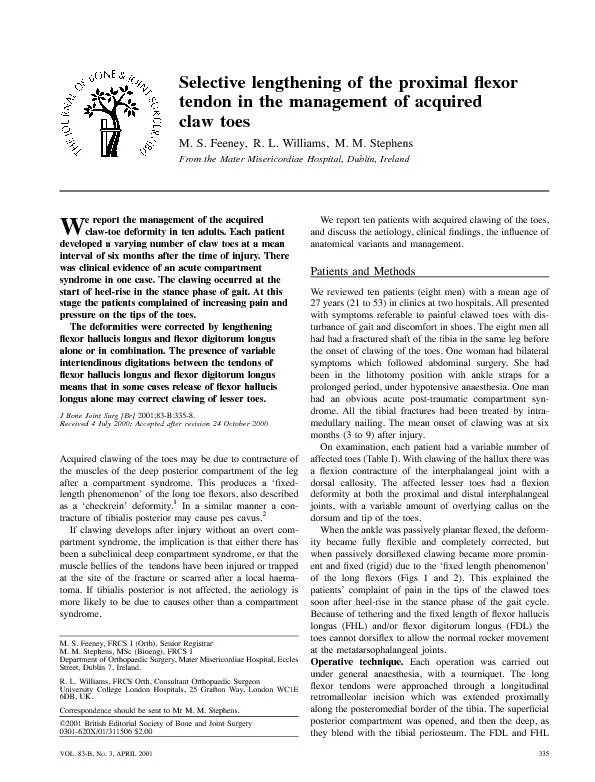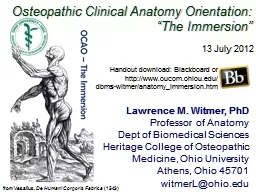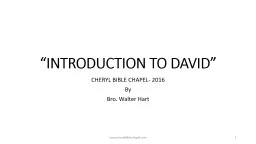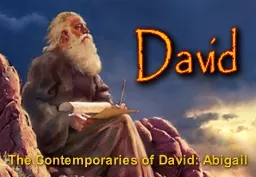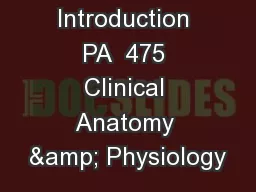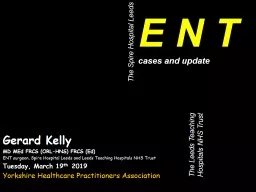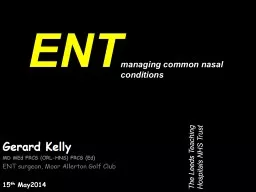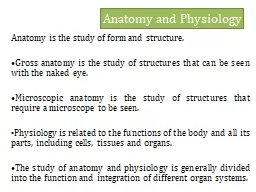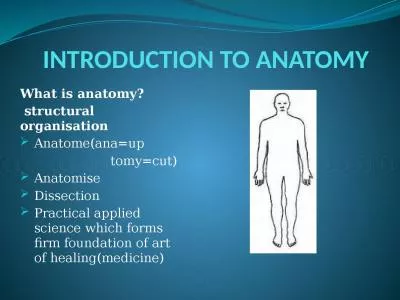PPT-Clinical Hand Anatomy David Ahearne FRCS (Tr and Orth)
Author : jalin | Published Date : 2024-03-15
Consultant Hand Surgeon Hillingdon NHS Foundation Trust Acknowledgements Mr H Belcher Hand Surgeon QVH East Grinstead Aids to the examination of the PNS Advanced
Presentation Embed Code
Download Presentation
Download Presentation The PPT/PDF document "Clinical Hand Anatomy David Ahearne FRCS..." is the property of its rightful owner. Permission is granted to download and print the materials on this website for personal, non-commercial use only, and to display it on your personal computer provided you do not modify the materials and that you retain all copyright notices contained in the materials. By downloading content from our website, you accept the terms of this agreement.
Clinical Hand Anatomy David Ahearne FRCS (Tr and Orth): Transcript
Download Rules Of Document
"Clinical Hand Anatomy David Ahearne FRCS (Tr and Orth)"The content belongs to its owner. You may download and print it for personal use, without modification, and keep all copyright notices. By downloading, you agree to these terms.
Related Documents

